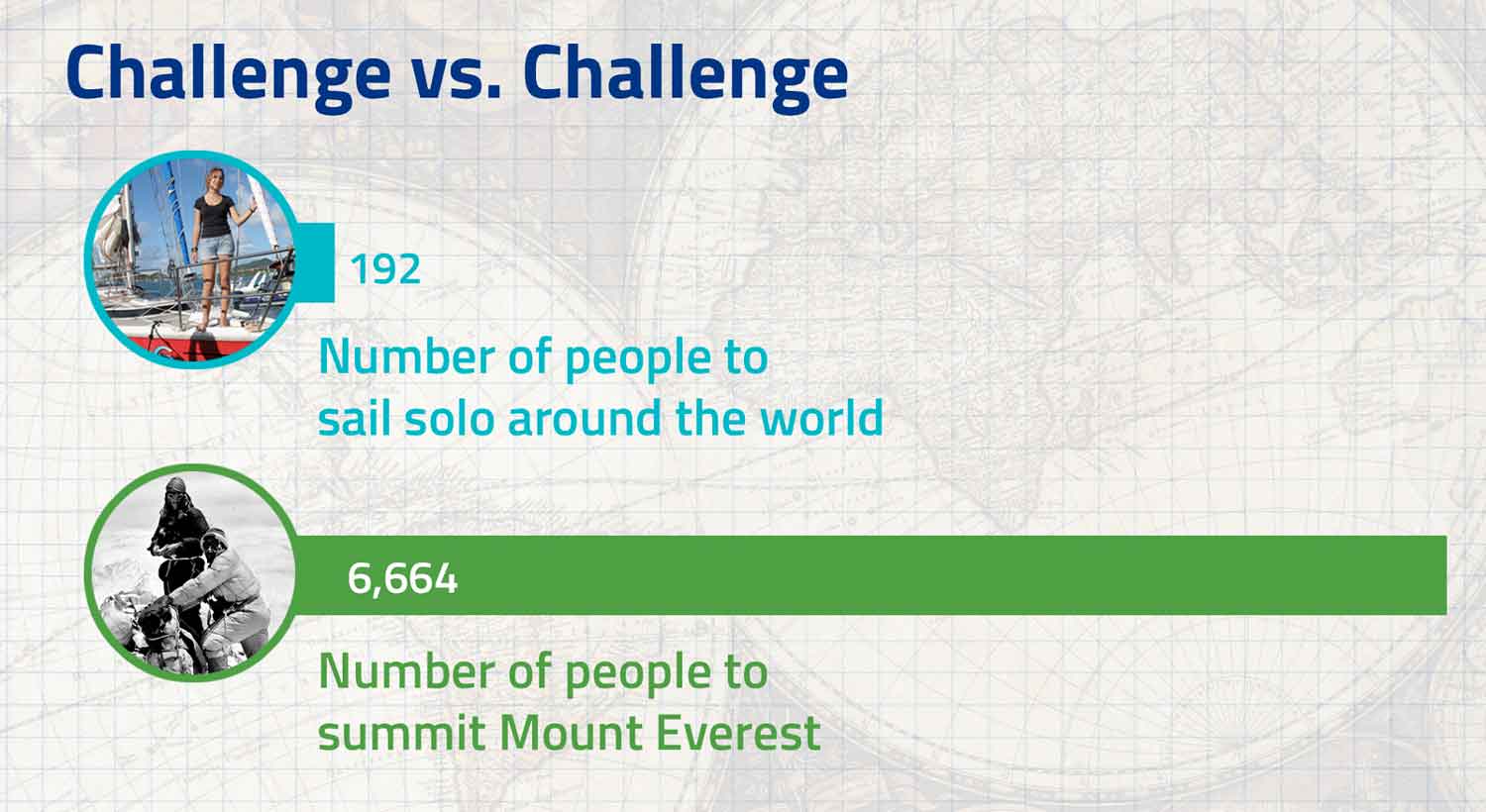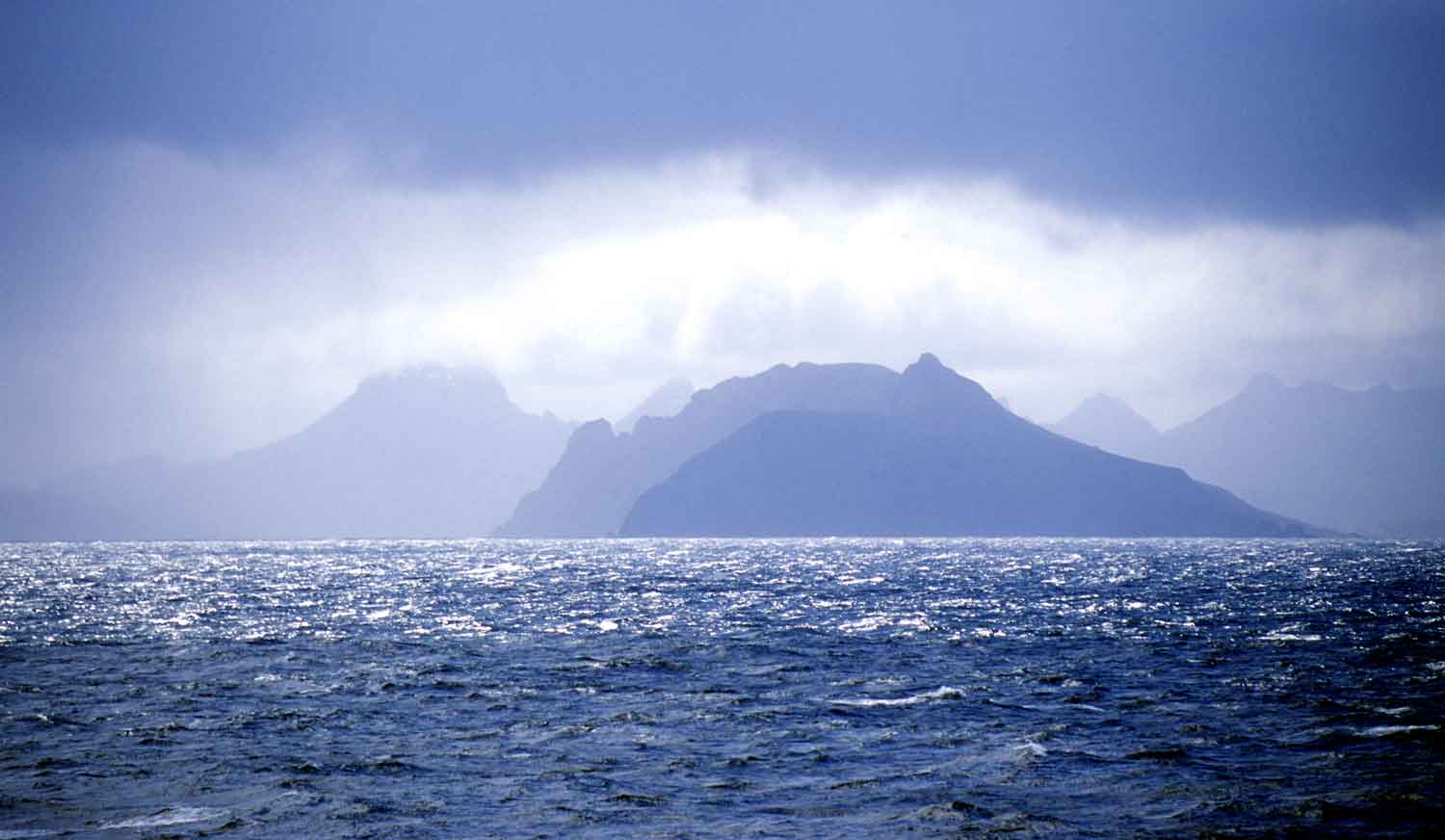An Epic Journey
Cole Brauer became the first American woman to sail around the world solo, after placing second in an international race.
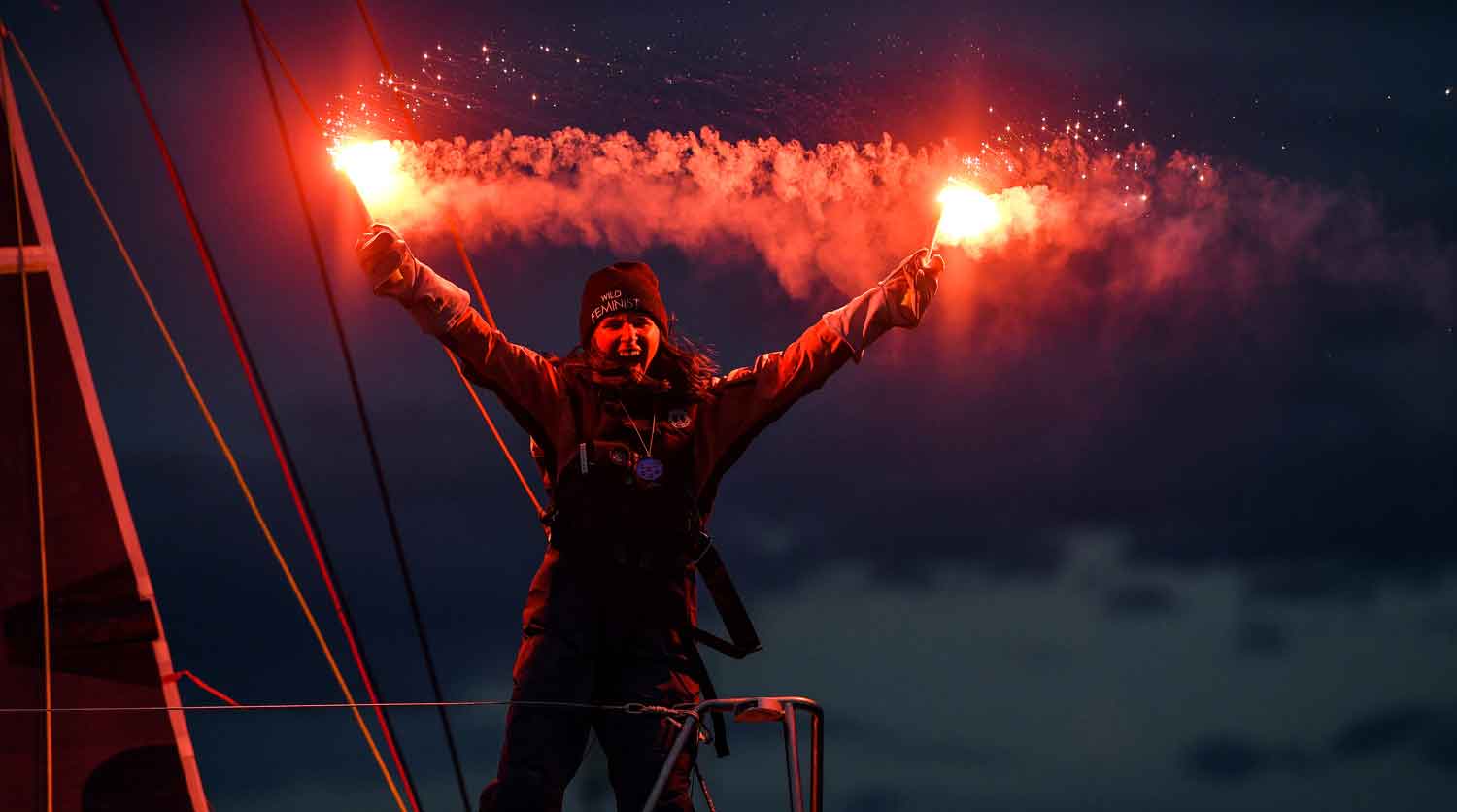
© James Tomlinson/Cole Brauer Ocean Racing Media
Cole Brauer just became the first American woman to sail around the globe alone. Brauer placed second out of 16 competitors in the Global Solo Challenge, a 30,000-mile (48,000-kilometer) race around the world.
Brauer’s boat arrived at A Coruña, Spain, on March 7, 2024, after 130 days at sea. Setting out on October 29, Brauer sailed south along the west coast of Africa and rounded the Cape of Good Hope at the southern tip of the continent. She then headed east to Australia and on to South America’s Cape Horn, where frequent storms make the waters notoriously rough and boats must steer clear of icebergs. Finally, Brauer sailed across the Atlantic Ocean to Spain.
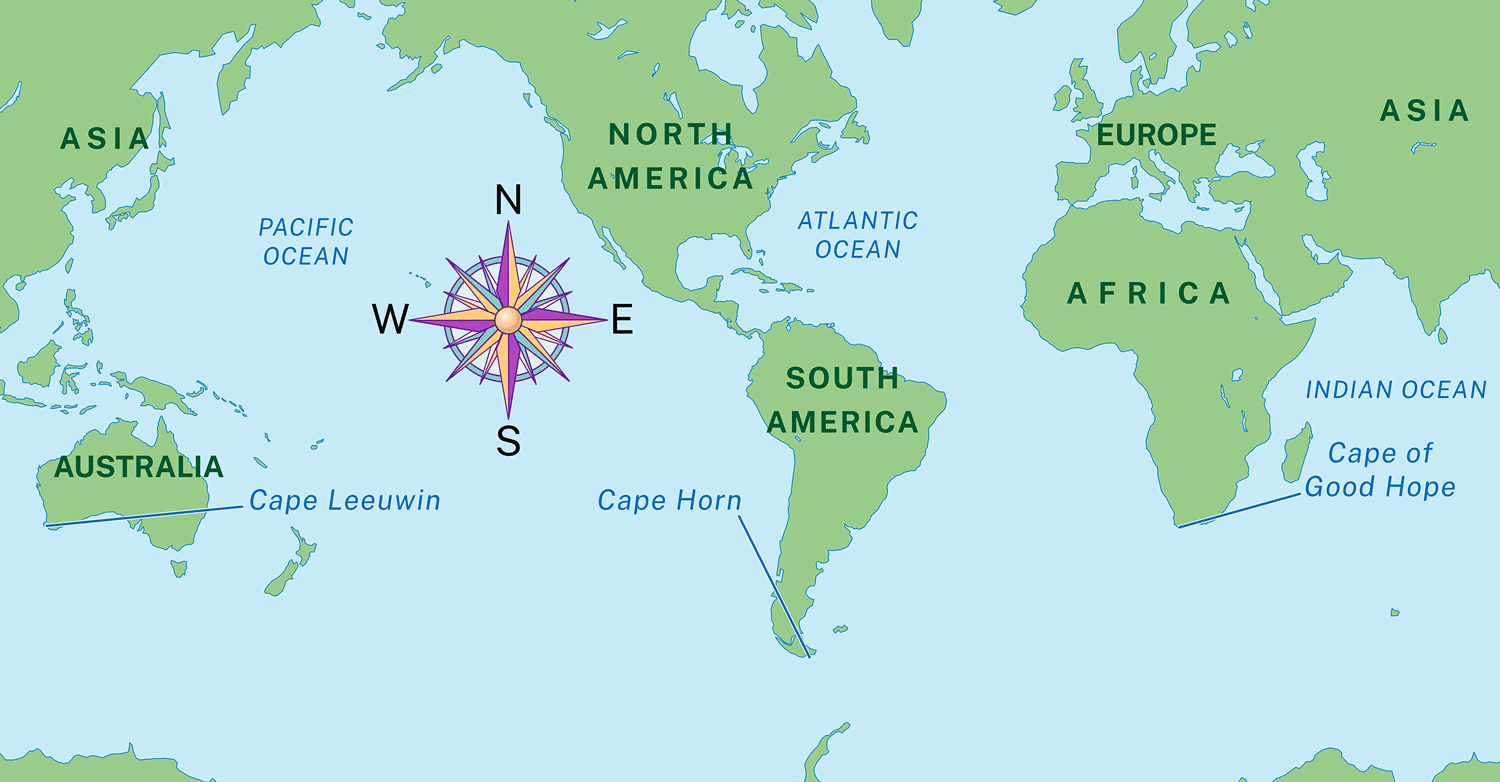
Encyclopædia Britannica, Inc.
Sailing from Spain to Spain, Brauer made her way across oceans and around continents.
Although Brauer was able to use satellite communication to speak to her support team and make posts on social media, she was alone on the ocean. Along the way, she encountered many challenges. She had to navigate 30-foot (9-meter) waves. And at one point, she was so dehydrated that her team instructed her on how to insert an IV into her own arm. By the time Brauer finished the race, more than half the original competitors had dropped out due to their own difficulties.
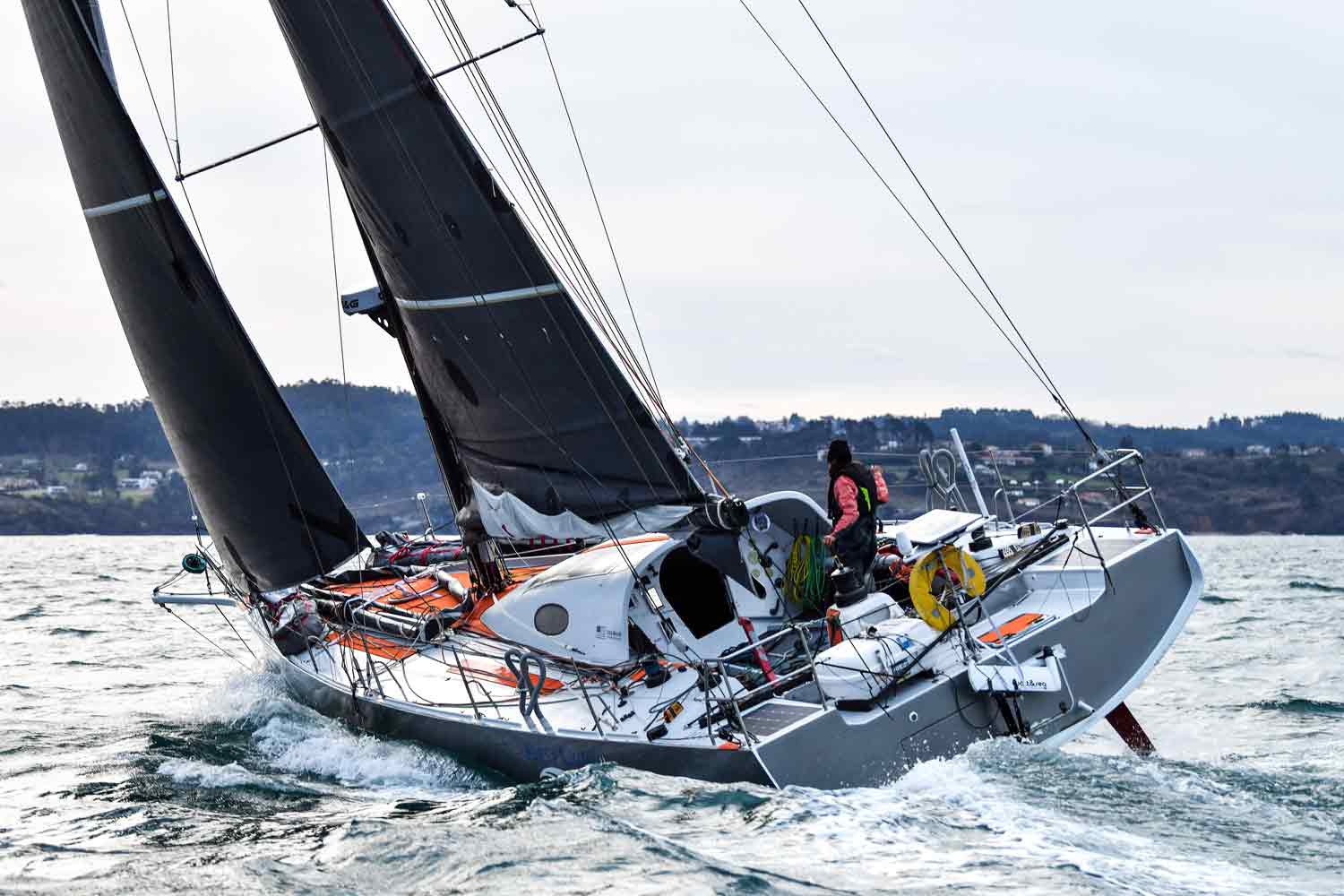
© James Tomlinson/Cole Brauer Ocean Racing Media
Brauer approaches the Spanish coast as her journey around the world comes to an end.
Sailing around the world is so challenging that it’s rare for anyone to do it alone. Parts of the journey have been compared to climbing Mount Everest, the world’s tallest mountain. But experts say sailing solo is actually the harder of the two. That’s because solo sailors need to steer, deal with unpredictable weather conditions, and make all necessary repairs to their equipment. Brauer, who at 5 feet, 2 inches (157 centimeters) and 100 pounds (45 kilograms) is physically small, succeeded in all of this.
“[As a solo sailor,] the biggest [advantage] is your mental strength, not the physical one,” race organizer Marco Nannini told NBC News. “Cole is showing everyone that.”
Brauer, who is 29, was the youngest sailor and the only woman in the race. Currently, most sailors are male. She’s hoping to help change that by inspiring young girls.
“It would be amazing if there was just one girl that saw me and said, ‘Oh, I can do that too,’” Brauer told the Today show.
